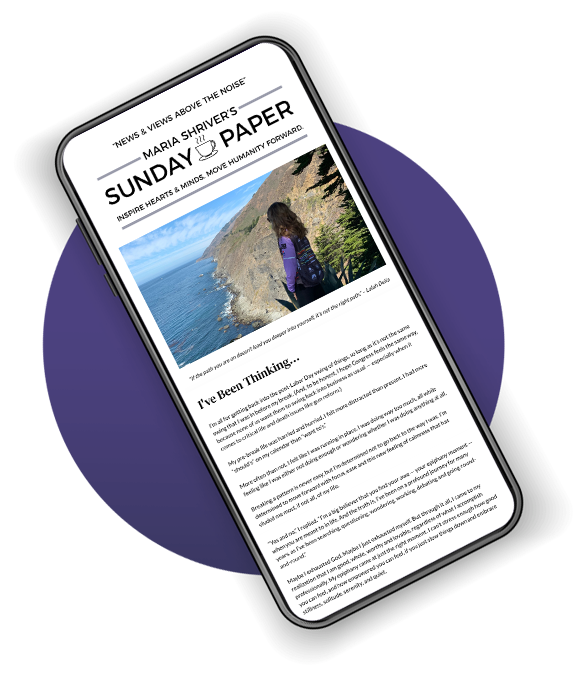Why Do We Love to Be Scared?

Margee Kerr, ScareHouse
The CN Tower EdgeWalk in Toronto is perhaps the single worst place on Earth if you are scared of heights. The EdgeWalk—billed by the Guinness World Records as the world’s highest external walk on a building—takes guests outside of the observation deck so they can walk the circumference of the Tower on a five-foot-wide, metal-grate walkway. Guests are strapped to the side of the Tower with a harness and trolley system so they can walk and lean over the side, hands free. There is no guardrail.
At the top of the tower, we stood in line against the wall and were hooked up to ropes and harnesses and carabiners, like the human puppets we more or less were. What if the trolley track cracks? I wondered. What if the harness breaks? I walked myself through every potential fail point, which was meaningless—either I was going to walk out there, or I wasn’t; either I trusted the guides, or I didn’t. I decided I did, and then we stepped out of the building and entered the sky.
Good-bye, detached analytical sociologist, who is writing a book about fear. Hello, primal self. I could see straight through the five-foot-wide metal grate beneath my feet, and the square gaps in it must have been at least six by four inches—big enough for a child’s foot to slip through. I—well, my body—decided to stop moving, permanently. I couldn’t stop staring down at what looked like flecks of pepper moving around below me: people on the sidewalk. “Oh my God,” I said in a whisper.
I stopped breathing. I felt altitude pressure on my temples, and I could hear and feel my blood rushing and my heart beating— the way it does after a thirty-second, all-out sprint. Everything outside my body sounded muted, as though I were under water. The wind was blowing hard, and I had to squint my eyes, but I couldn’t focus on anything anyway. I wanted to move my hands to protect my face, but I was too scared to take them off the lead rope. I felt dizzy and disoriented, but I wasn’t flipping and flying around the tracks of a roller coaster. I was frozen in place.
These are all symptoms related to the fight or flight response, but also vertigo—which can happen when the distance between the observer and the closest stationary object is too far away to use as a reference point to maintain balance.
I stood unmoving on the grate, feeling as if I had forgotten how to walk while at the same time fighting a strong urge to start running. My fight or flight response was in full “go” mode. When the body goes into fight or flight, the sympathetic branch of the automatic nervous system—which controls all of our essential living systems, like breathing, heart rate, digestion, and even sexual arousal—reacts by releasing a cascade of chemicals. The sympathetic nervous system responds immediately, sometimes without our conscious awareness of what we’re responding to, and releases the “go” hormones, including adrenaline, or epinephrine and norepinephrine, which are secreted by the adrenal gland (norepinephrine is also released into the spinal cord to decrease any pain). The result is our body going into overdrive.
Cortisol, another stress hormone, is released in the body to turn fatty acids into energy and deliver it to our muscles, making them ready for any kind of immediate action. Our blood pressure increases so that oxygen and glucose can be distributed through the body. Other effects are a temporary loss of hearing and tunnel vision. All of this happens in an effort to focus attention on survival, turning our bodies into a ready-to-go strong and powerful machine.
Our guide instructed us that it was time to circle the tower and do what she called “stunts.” The first one involved turning around with my back to the sky and squatting down until the rope and harness were fully supporting my weight. Basically, I would be sitting over the side of the tower. I put my legs hip-width apart and took a seat into my harness—still on top of the catwalk—but quickly stopped, since it felt as if I were slipping out. I took tiny steps backwards on my shaking legs, stopping to close my eyes and trying not to faint. Next, I pushed myself backwards until my heels were over the edge and the arches of my feet were against the metal grate. Everything in my body was telling me this was a bad idea.
I looked down and took a breath and kept pushing out until my entire body was hanging by a rope 116 stories off the ground. I slowly straightened my legs until they were at a 90-degree angle to my torso and momentarily took my hands off the rope, before hurriedly putting them back—I wasn’t ready for that yet. This was truly the most terrifying experience I had ever had (and still is to date when it comes to physical thrills), yet when our guide asked if I wanted to stay out over the edge, I heard the word “yes” come out of my mouth, but I don’t remember saying it.
Later, watching video of this moment, I saw that I had a huge smile on my face.
Excerpted from SCREAM: Chilling Adventures in the Science of Fear, by Margee Kerr. Available from PublicAffairs, an imprint of Hachette Book Group, Inc.


